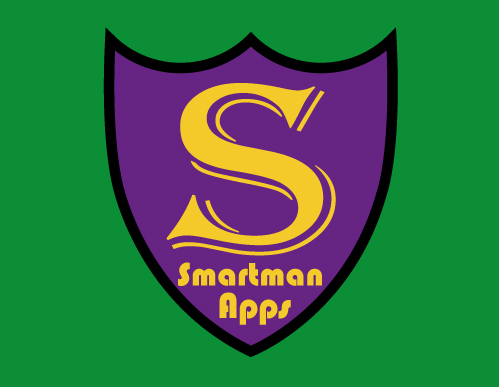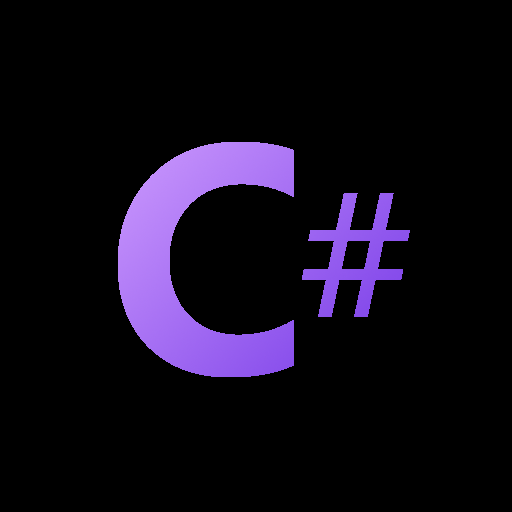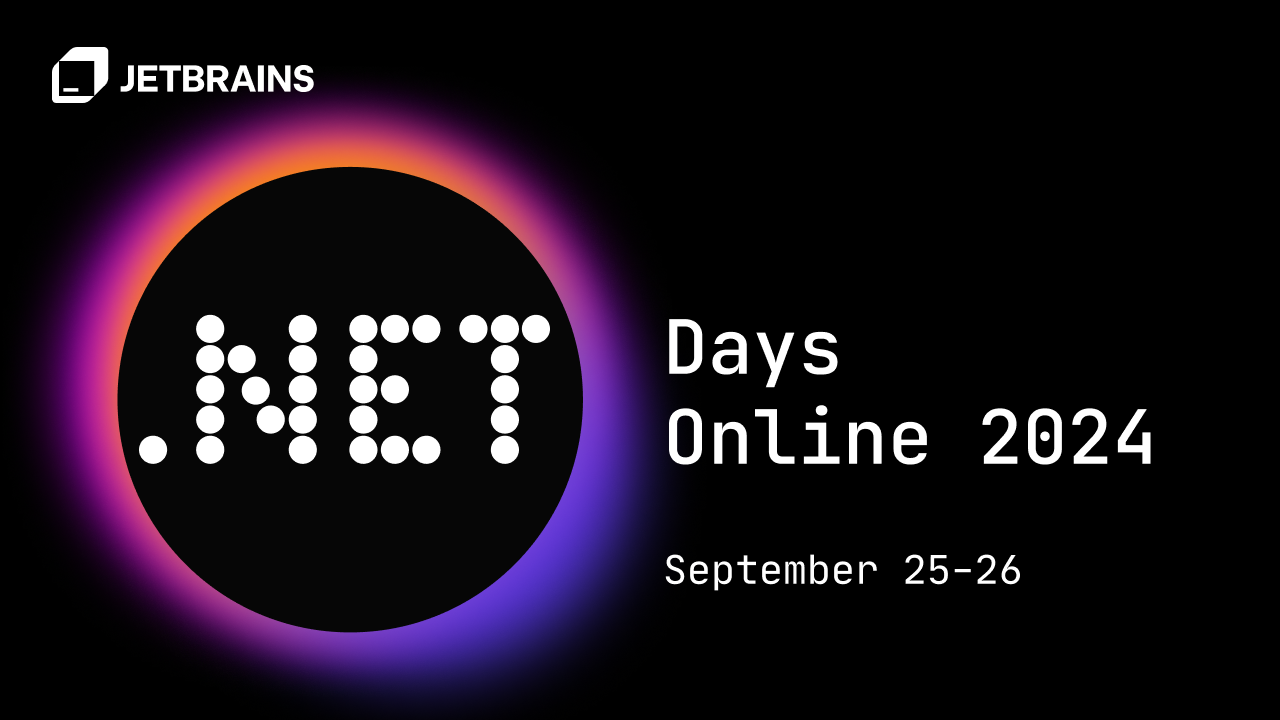💡𝚂𝗆𝖺𝗋𝗍𝗆𝖺𝗇 𝙰𝗉𝗉𝗌📱
- 300 Posts
- 525 Comments
I think omitting .net core is not the best decision.
Yeah that confused me a bit too, then I found he talked about it underneath the table

 2·2 months ago
2·2 months agoMy high school taught Java, but I didn’t get OOP
Yes, the correct sequence of events - one thing at a time, basic programming, then OOP. :-)
Python is not that.
It’s not a lot of things, which makes it poor for a teaching language.

 1·2 months ago
1·2 months agoP.S.
not just to the point of ignoring, but actively down-voting
I’ve been downvoted when I’ve made actual factual statements (which should be upvoted!) - people do like to express their displeasure 😂

 1·2 months ago
1·2 months agoI guess this community doesn’t want this kind of content, even if it’s the official dev blog

 1·2 months ago
1·2 months agoNo problem. Feel free to ask me questions.

 72·2 months ago
72·2 months ago…and riding a bike is easy. Now go watch some kids who have never ridden a bike before and see how that’s working out for them.

 2·2 months ago
2·2 months agoOh definitely! Different students have different learning styles - some learn by memorising rules (ROTE), some learn by understanding the rules (Constructivist), some are visual learners, some are better at learning in group activities, etc. - and we have to cater to them ALL, to keep them all engaged (here’s WHY we have this rule, here’s a video about it, here’s a group activity about it, here’s a worksheet to practise it). But I was referring to the TOOLS that we use with class. We can’t use a tool that the advanced students have no trouble with but the less adept students struggle with - we have to use a tool that the whole class can use, and that’s what I meant about catering to the lowest common denominator.
Also some (not all) schools have special classes for gifted and talented (G&T) students. And in fact one class I’ve had in my time is a class which was comprised of half the students had various learning difficulties (such as being dyslexic), though they weren’t told that (these days it’s all about trying to keep them in the mainstream as much as possible. So in this class the dyslexic student had a regular student sitting next to him for immediate help with reading anything, which left me free to only need to help him with actual educational issues).

 2·2 months ago
2·2 months agoMy first language was Basic, and Pascal is definitely better than that as a first language (it’s what it was designed for).

 1·2 months ago
1·2 months agoThat’s silly
Agreed.
This was at a university
As I said elsewhere, I had a much more sensible approach when I went to Uni - we learnt Pascal in first year, and then did OOP in second year, which follows the tradition of only teaching one concept at a time.

 5·2 months ago
5·2 months agoWell, I’m only speaking here for my experience with teaching the U.K. curriculum, but probably the same thing applies elsewhere. I know this much - as a teacher, it’s very frustrating!

 3·2 months ago
3·2 months agoOh! I just remembered this video. If you wanna know how students can struggle with pseudo code, watch the video. I use this video when I teach algorithms (students are even worse at that than pseudo code).

 8·2 months ago
8·2 months agoIt looks like pseudo code
P.S. as a teacher, I can tell you I have seen students who even struggle to write pseudo code. It’s like trying to teach them Greek (not all students, but some, and we need to cater to the lowest common denominator).

 4·2 months ago
4·2 months agoAs it is, when we had to teach them HTML, the resources we were given were using PHP at the same time, so I scrapped that and just taught them HTML myself. We never teach more than one concept at a time, so I don’t know how these other things found their way into the curriculum/resources.

 9·2 months ago
9·2 months agoI just replied to someone else with the same question. Less can go wrong (but in either case a non-OOP language, like Pascal, is a much better starting point. You should only ever teach students one concept at a time).

 294·2 months ago
294·2 months agoI, as a teacher, have had to learn several languages, but that’s not the dumb reason bit. The dumb reason bit was WHY I had to teach Python, which once I learnt it (so I cold teach it) I could see right away was NOT a suitable language for teaching to Year 7 (who up to now have only used Scratch). I was teaching the U.K. curriculum, and I found out that teaching C# was also allowed - still not ideal, but better than Python for learners -but pretty much all schools were teaching Python. When I dug into it I found I was far from alone in not wanting to use Python… and I also found out the reason schools were teaching Python. It was because from an ADMINISTRATIVE point of view it was much easier for the schools to have us teaching Python. In other words, the office-workers who didn’t have to teach it, only had to admin it, were forcing everyone to teach Python because they wanted the lower overhead that came with installing/maintaining that vs. C#. ARGH! All the teachers who wanted to teach C# were running into exactly the same road-block.

 1·3 months ago
1·3 months agoif i have to manually handle every case in a switch (or if else) statement and I was wondering how could I write, for example, a method that would do the conversion
You could still do it that way with a switch. Only the case part needs to be constant…
` switch (field.GetType().ToString()) {
case “Int”: Method((int)x)…
case “NullInt”: Method((int?)x)…
case “Long”: Method((long)x)… `
Been a while since I last did this though - you may need to do string caseType=field.GetType().ToString() first, then do switch(caseType). I think from memory you can do it the other way though.
P.S. I clicked on “code” (which just starts/ends with an apostrophe), but it doesn’t want to display as code - I don’t know why

 5·3 months ago
5·3 months agoI came here because I noticed I wasn’t getting the posts from here on Mastodon anymore, since sometime a day ago (newest post in my Mastodon “Programming.dev” List says 1 day old). Sounds like the same issue, but thought I’d add this info as all the other comments are about not getting posts from other places here, but I’m not getting posts from here at Mastodon.
10x = 0.999… + 9 (true by algebraic manipulation)
No, you haven’t shown that, because you haven’t shown yet that 9x=9. Welcome to why this doesn’t prove anything. You’re presuming your result, then using it to “prove” your result.
What we know is that the right hand side is 10 times 0.9999…, so if you want to substitute x=0.99999… into the right hand side, then the right hand side becomes 10x (or 9x+x)… which only shows what we already know - 10x=10x. Welcome to the circularity of what you’re trying to achieve. You can’t use something you haven’t yet proven, to prove something you haven’t yet proven.










Yeah it was prompted by someone on Mastodon asking about it, and Rocky saw it. I saw the reply too, and thought it was still a little vague, then a few days later this blog post turns up :-)
BTW if anyone wants to follow him he’s Rocky Lhotka. He’s on Pixelfed too (and Bluesky), but not as much work stuff on his Pixelfed account.